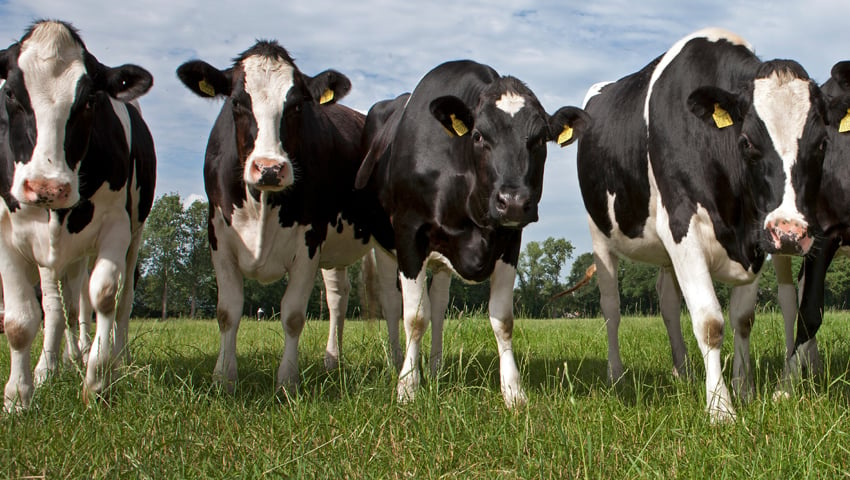Huw Irranca-Davies, the Cabinet Secretary for Climate Change and Rural Affairs, has made further changes to TB testing in Wales after meeting with and listening to farmers across Wales.
The changes, which were announced this week, are in response to industry feedback and have been made to simplify procedures without compromising the risk of disease spread. Changes to the specific types of TB test involved have also taken into account the resources required by farmers and vets and cost-effectiveness.
Irranca-Davies said, “Since my appointment in March, I have made a point of meeting farmers, vets and others across the industry to listen to their concerns around TB and the burden and anxieties these can cause. I’m pleased to be able to announce today that further changes – which have been made in response to industry feedback – are now in place. Recognising the impact on farmers, their families and their businesses is at the forefront of my mind.”
The changes to four specific aspects of TB testing in Wales are:
1 – The routine testing of calves under 42 days in a TB incident will no longer be carried out, unless the TB risk from these animals is considered high. Reactors are very rarely identified in this age group. Occasionally groups of young calves fed raw milk from a cow with a tuberculous udder are identified. In such circumstances, consideration will be given to short interval testing of calves under 42 days of age.
2 – Routine surveillance testing in Approved Finishing Units (AFUs), or Licensed Finishing Units (LFUs) is ceasing, unless the risk is considered high. These are indoor biosecure units, where cattle can only move to another AFU (from an AFU), a slaughter gathering, or directly to slaughter. Slaughterhouse post-mortem surveillance provides protection to the food chain. A reduction in testing costs may encourage the setting up of more AFUs in Wales.
3 – Default Skin testing of a cattle herd, following slaughterhouse suspicion alone, will cease to be a requirement. Having considered the evidence, we are content that a herd check test is no longer needed, if the sample from the suspect animal identified at inspection in a slaughterhouse is negative on laboratory testing. If, on the other hand, the slaughterhouse sample test result is positive, then the herd will be marked forward for a further test 60 days after the animal left the herd. This test will count as the first breakdown test.
4 – Tracing tests will continue to reduce the risk of TB spread through movements of cattle from TB breakdown herds. However, data analysis of trace tests, currently supports a move away from trace testing of all cattle moved in low risk situations. The requirement for these types of tests will continue to be assessed by the Animal and Plant Health Agency (APHA).
